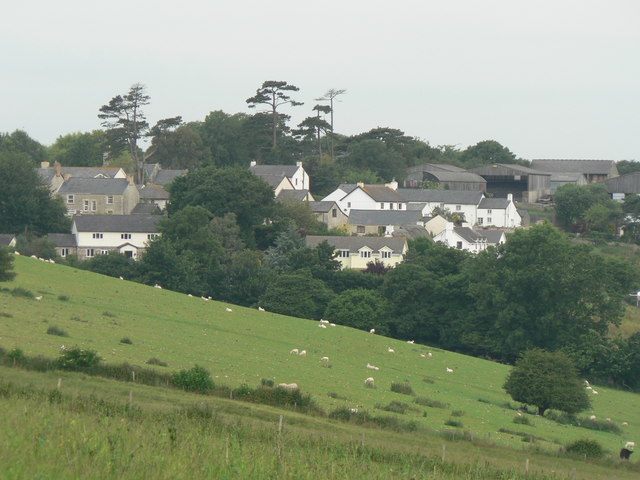<![CDATA[The value of an on-site archaeologist has been realized once again at a construction site in Wales, where workers have unearthed a number of “cremation pits” in the Vale of Glamorgan in St. Athan, Wales. The Vale of Glamorgan council has confirmed the archaeologist’s discovery. The site (where approximately 100 houses are scheduled to be constructed) is near the St Athan's air base. Speaking to the BBC, the spokeswoman for Barratt Developments said, “A number of discoveries have been made during excavation works, including some cremation pits.” Adding that work in the area of the discovery has been discontinued until the archaeological investigation is complete. Work on areas of the site not affected by the discovery is continuing. Rumors and anonymous sources abound, however a council spokeswoman is quoted by the BBC as saying, “The council has been informed of the discovery of a number of cremation plots at the site, which was made by an archaeologist who was on site as a requirement of the conditions attached to the planning permission.” Other sources told the BBC that the remains of a child, possibly 3,000 years old, had been found. Cremation rituals have been dated to 20,000 years ago, at least – the oldest known example being the Mungo Lady, the partly cremated remains of a body discovered at Lake Mungo in Australia. Death rituals which emphasize one method of disposing of the dead over others – cremation, inhumation (burial) or exposure- have changed regularly throughout history. In the Middle East, both cremation and burial are found in archaeological records of the Neolithic era, although cultural groups typically followed their own inclinations (including exclusions). Ancient Egyptians, with their complex soul migration beliefs, forbade cremation altogether. Cremation was practiced by the early Persians while the Phoenicians practiced both burial and cremation. In Europe, cremation can be traced to the Early Bronze Age (2000 BCE) along the middle Danube and in the Pannonian Plain. The custom remained dominant across Bronze Age Europe. The Iron Age saw inhumation more common once again but cremation still existed. Homer's account of the burial of Patroclus describes cremation followed by burial. Inhumation once again became the primary burial practice during the Christian era, although the Romans practiced the two rituals, with cremation typically being a military honor earned by the deceased. The Vale of Glamorgan council is being advised by the Glamorgan Gwent Archaeological Trust to ensure the correct procedures are followed. A charitable institution, the trust provides evaluations, assessments, surveys, building records and excavations in South Wales and currently holds approximately 25,000 records (which are available to the public) of historical and archaeological interest. Barratt Developments told the BBC they will not release any further details or information regarding the items which were recently found until after the archaeological work is finished, in order to guarantee the safety as well as the preservation of the site’s discoveries. ]]>
Home Sweet Yikes! Cremation Pits Found on Housing Site
